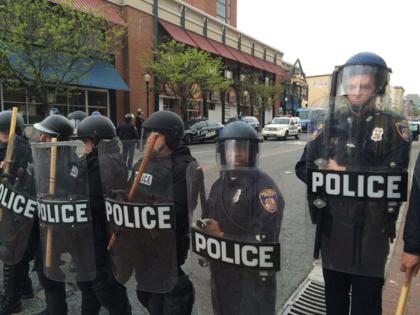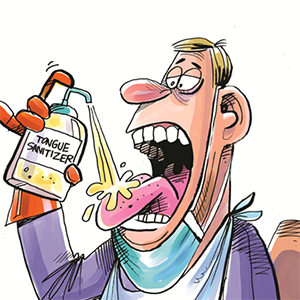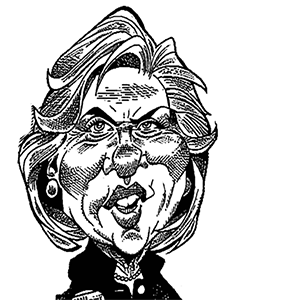Who is Freddie Gray? 5 things to know about Baltimore man who died in police custody
Published in News & Features
BALTIMORE — A decade later and Freddie Gray‘s name still elicits a visceral response from those who lived or worked in Baltimore in the spring of 2015. Those who were nearby during those weeks of turmoil, anger, and despair can recall it — the sirens, the protest chants, and the faint smell of smoke as parts of the city burned.
But what about newcomers — the city is growing — or those who were too young to remember? If you don’t know what happened to Freddie Gray and how the fallout from that has affected Baltimore even today, here’s what happened and five things to know.
—Who was Freddie Gray?
Freddie Gray Jr. was a 25-year-old Baltimore man, who died in police custody. He was the son of Gloria Darden and Freddie Gray Sr., and a brother to two sisters, including his twin, Fredericka. As children, he and his siblings were found to have high levels of lead in their blood, a discovery that led them to file a lawsuit over a home they rented in the Sandtown-Winchester neighborhood. According to the lawsuit, which was settled, the siblings blamed the peeling paint for educational, behavioral and medical problems they suffered.
—What happened to him on April 12, 2015?
Gray was out with friends for breakfast at around 8:30 a.m. near Gilmor Homes in West Baltimore. He was standing on a street corner when he made eye contact with a Baltimore Police officer who was on bicycle patrol. Gray ran and was pursued by the officer and other bicycle police. After one minute, he surrendered to the officers, who handcuffed him and, during a search, discovered he was carrying an illegal switchblade knife, according to Department of Justice investigators. The knife, which later sparked debate about whether it was legal, gave police cause to make an arrest. Gray was restrained and placed into a police wagon, but no seatbelt was used to secure him.
—How was he injured?
Police drove with Gray inside the wagon, making multiple stops because they could hear him banging against the sides. He was placed in leg shackles at one stop and eventually put back into the wagon on his stomach, hands cuffed, with his head facing the front. The van also stopped to pick up another man who had been taken into custody. By the time the wagon arrived at the Western District station, its sixth stop, Gray was unconscious. Paramedics were called and, upon arrival, observed that he was not breathing and had blood coming from his nose. According to a DOJ report, “while Gray rode in the rear of the police wagon, he sustained a fatal neck and spinal injury in a manner that is largely unknown,”
—When did he die?
Gray was taken to Shock Trauma, where he underwent surgery for three fractured neck vertebrae and a crushed voice box, his family said. He was in a coma for five days before he died on April 19, a week after his arrest. Following Gray’s funeral on April 27, what had been mostly peaceful protests in Baltimore turned fiery and violent, with then-Gov. Larry Hogan declaring a state of emergency and ordering the National Guard to the city.
—Was anyone held responsible for his death?
No. While then-Baltimore State’s Attorney Marilyn Mosby charged six city police officers with various crimes related to Gray’s death, none were convicted. All of the officers were either found not guilty or had the charges against them dropped. Ivan Bates, the current city state’s attorney, represented one of the police officers and called Gray’s death a tragic accident. The Justice Department agreed with that assessment, calling Gray’s death “undeniably tragic,” but refusing to bring federal civil rights charges against the officers. Ultimately, Baltimore City paid, entering into a $6.4 million civil settlement with Gray’s family in 2015.
©2025 Baltimore Sun. Visit baltimoresun.com. Distributed by Tribune Content Agency, LLC.







Comments